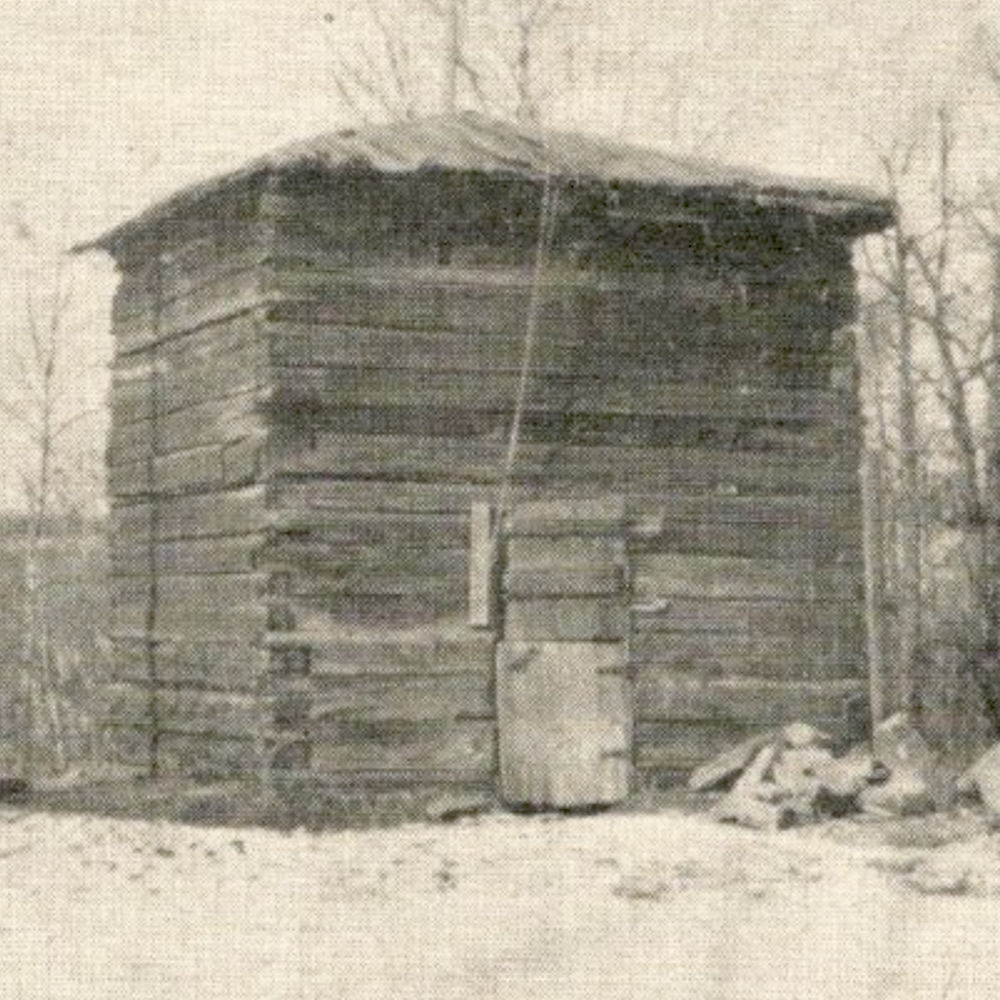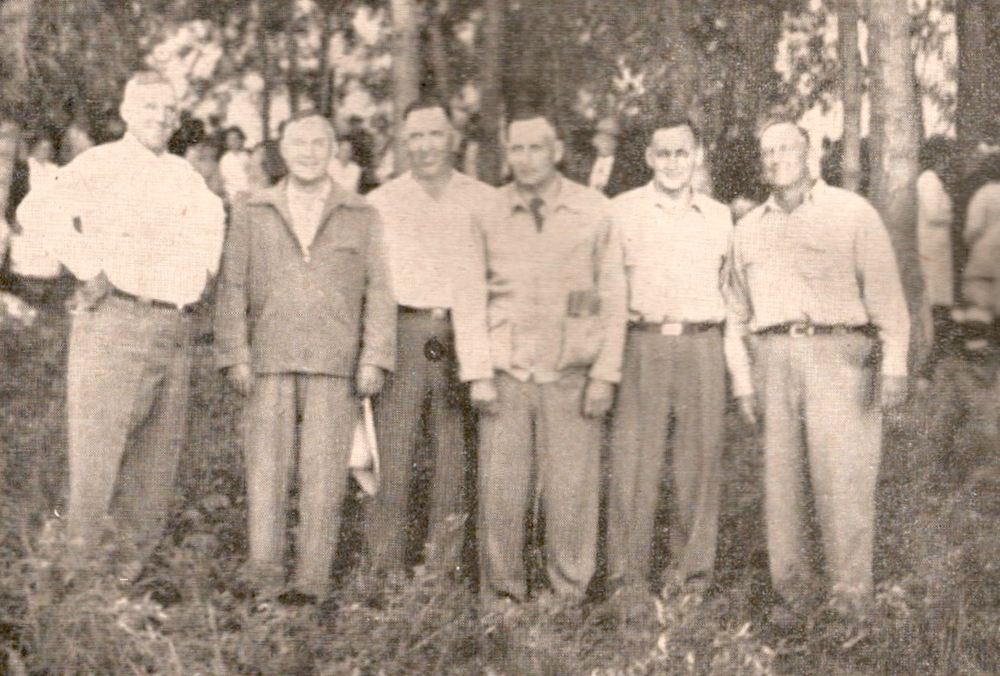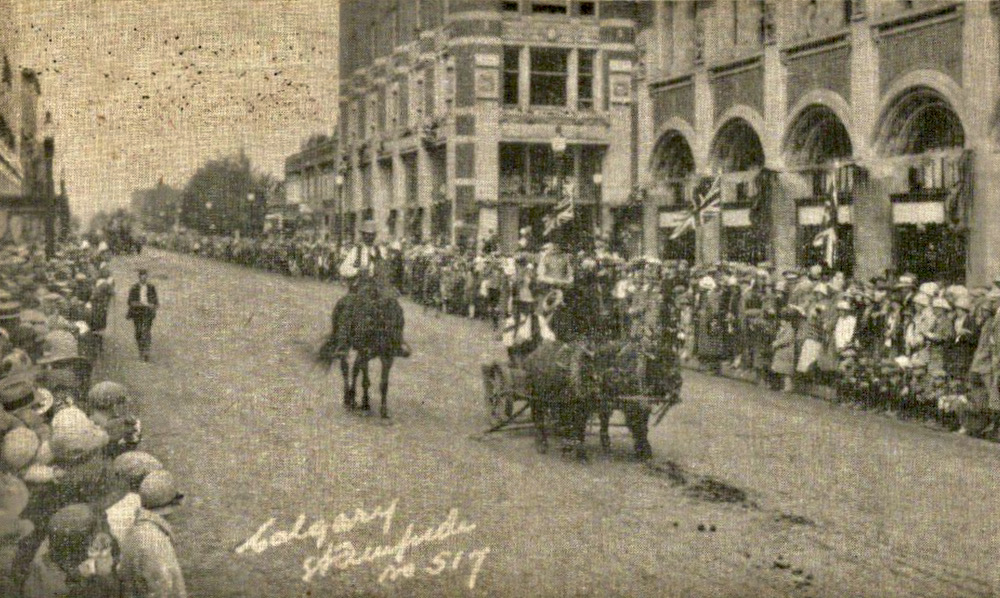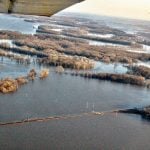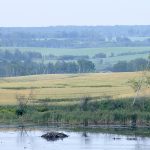By Dr. E.E. Ballantyne, director of Veterinary Services, Edmonton, Alta.
Because it is compulsory to dispose of reactors to the test for tuberculosis, the Dominion Government pays compensation for such animals so that the owner will be helped to build his herd with healthy cattle.
Compensation on purebred cattle is up to $100 and grades up to $40. No compensation is paid for scrub bulls or cattle with lump-jaw which are reactors to the tuberculin test. Many people have the false impression that the above mentioned compensation is all the money received for T.B. reactors. That isn’t the case though. These reactors have to go to an abattoir where they will be slaughtered under inspection by the veterinary inspectors of the Dominion Health of Animal’s Branch. Some reactors will only have T.B. in the glands of the head and none in the rest of the body. With such an animal, the head will be condemned and the rest of the carcass approved as meat fit for human consumption. The owner is paid by the packing house for the edible meat. Therefore, if the animal was a purebred, he could receive $100 compensation plus the value of the edible part of the carcass.
Read Also

The Canadian Cattle Association’s international advocacy efforts
Global ag policies affect Canadian food policy, so the Canadian Cattle Association participates in international and domestic forums
But sometimes tuberculosis is so bad in the animal — in the lungs, liver, head, kidneys, spleen, etc. — that the whole animal is condemned and has to go to the “tank” where it is cooked for several hours by steam under pressure to kill all the T.B. bacteria. After that it is made into fertilizer. Mounted specimens showing tuberculosis in the lungs and liver from condemned animals were shown at the meetings around Calgary. For condemned animals, the Dominion Government pays an extra condemnation compensation which equals the amount that a condemned animal would have been worth for beef, had the meat been fit for human consumption. This means that an owner of a purebred that is condemned could receive $100 plus the carcass value, the same as if the animal had been healthy.
This special condemnation compensation is a great help to the owner of the herd badly infected with tuberculosis and it enables him to finance the rebuilding of the herd with healthy animals.
Probably the compensation doesn’t seem high with present day prices, but it must be remembered that reactors to the T.B. test are known diseased animals that no one would buy at all.
Livestockmen are becoming very conscious of having disease-free herds as well as raising cattle of high quality. Buyers are looking for disease-free stock and are willing to pay extra for such animals. That little extra is one of the best investments in the world, whether it is to make sure tuberculosis or Bang’s disease will not be bought with the animals. Breeders holding sales should sell only cattle free from such diseases. The expense of having the necessary tests will come back many times at the sale. One has only to look at the various breed journals to see the aggressive attitude of many breeders in advertising their cattle as free of tuberculosis and Bang’s disease. Many also have their herds built up with cattle that were vaccinated as calves against Bang’s disease and advertise this fact. For several years now, American buyers have been going into Ontario for dairy cattle and demanding those that were vaccinated as calves against Bang’s disease. They have been paying an extra $10-$25 for these vaccinates. Albertans are looking for such animals too, as they know a resistance against Bang’s disease is worth a lot to them. These animals are hard to buy in Alberta and one dairyman is going to Ontario for his additions. We get more inquires all the time. “Where can I buy calves vaccinated against Bang’s disease?” Albertans are also paying extra for these animals. In March 1950, one dairyman paid $50 extra each for five Jersey heifers because they had resistance to Bang’s disease through calfhood vaccination. So calfhood vaccination is paying dividends other than reducing the abortion rate in Alberta herds.
It is planned to have meetings south of Calgary to lay the groundwork for extending the T.B. Restricted Areas as soon as the roads are better and seeding is fairly completed. Cattle from High River and Turner Valley pasture up in the forest reserves west of Calgary, so it would be impossible to keep them separated from T.B. tested cattle that may be in the reserves from M.D. 45 and I.D. 46. Cattle from around Calgary are also pastured in areas to the east so a large block of municipalities around Calgary will be dealt with as a unit to make the working of the T.B. Restricted Area plan as practical as possible to avoid a lot of inconvenience to the cattlemen.
The remaining areas in southern Alberta will also be dealt with as large groups of municipalities and improvement districts as possible to make practical units.
The question of cost frequently comes up. There is no cost for the T.B. test to the cattle owner. The travelling expenses of the inspectors on area testing is defrayed by the provincial government and the salaries paid for by the Dominion government.




